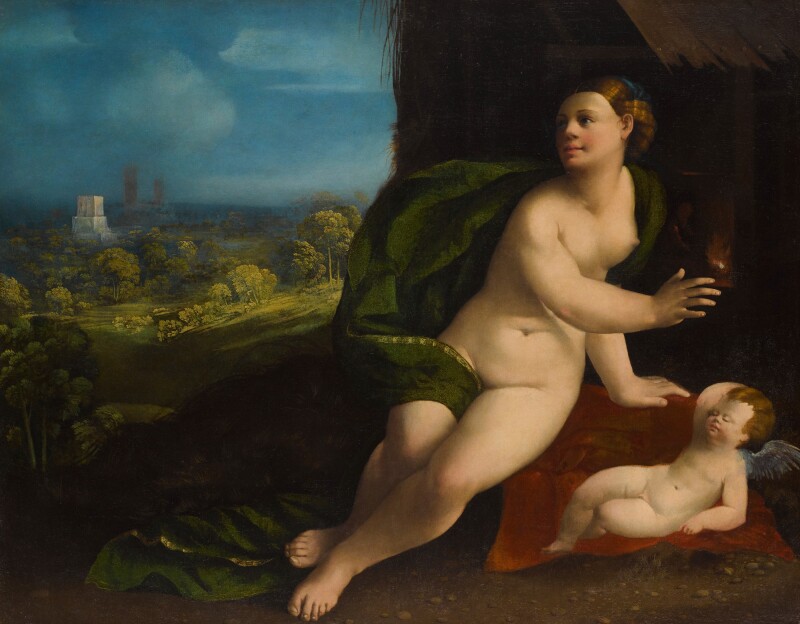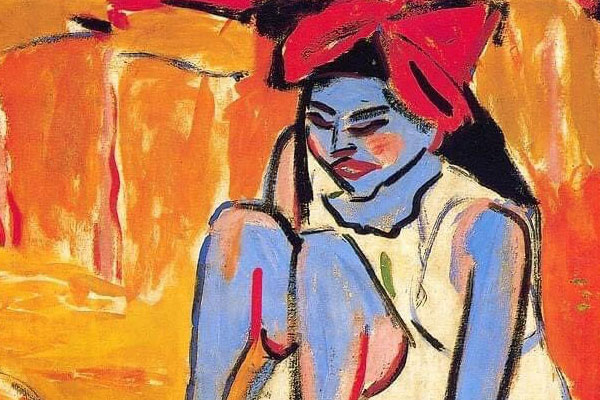12 works of art discovered in 2021
by G. Fernández – theartwolf.com
From the world’s oldest cave paintings to the latest Banksy, we present 12 of the most important works of art discovered in 2021.
The world’s oldest paintings, Sulawesi, Indonesia, c.42,000 BC.
The debate over which is the world’s oldest work of art seems difficult to resolve, both because of arguments over the definition of art and uncertainty in the dating of prehistoric works. However, in 2021 a serious candidate was discovered on the island of Celebes (Sulawesi), Indonesia. Several paintings depicting pigs in the Leang Tedongnge cave have been dated to at least 45,000 years ago, according to archaeologists from the Griffith University who studied the paintings. For more information, we recommend reading this extensive paper published in the journal Science.
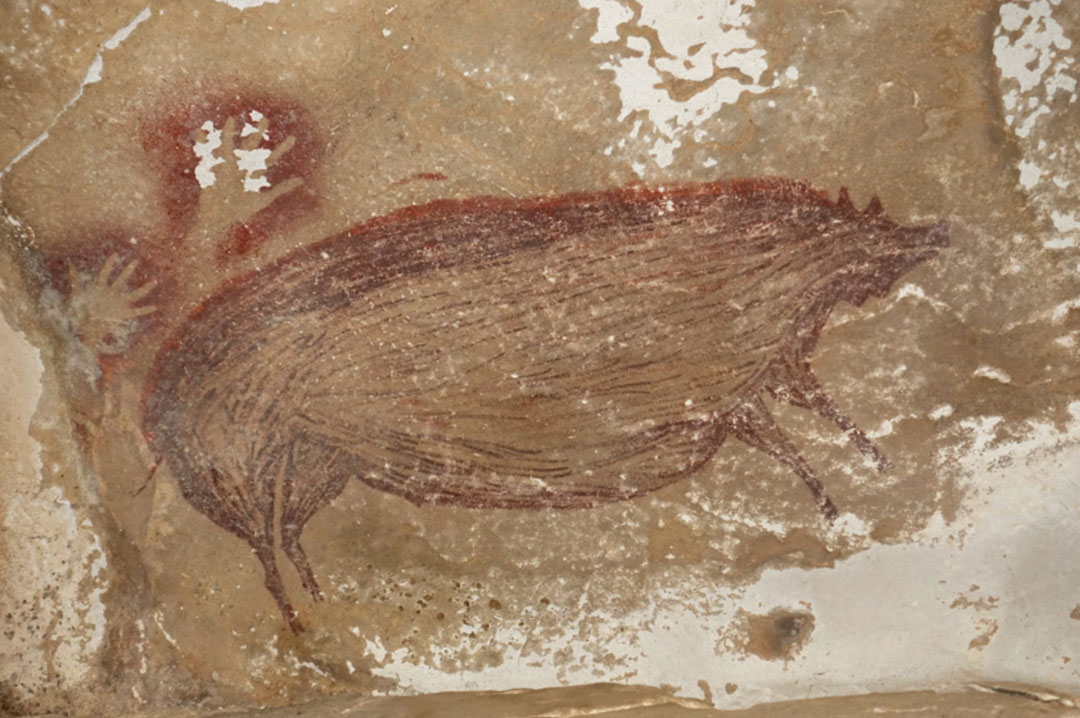
Works of art from the city of Aten, Egypt, 1386 – 1353 BC. (foundation)
Considered by some specialists as “one of the most important finds in Egypt since unearthing Tutankhamun’s tomb“, the city of Aten, located on the eastern bank of the Nile near Luxor, is also quite possibly the greatest archaeological find in recent years. Although excavations began in 2020, it was in April 2021 that the discovery was announced by Zahi Hawass. Although a find of this caliber transcends the purely artistic, it is remarkable (and promising) the amount of works discovered that can be seen in the images and videos of the progress made so far, such as the one we include on this page.
Gold and bronze masks, Sanxingdui, China, c.1000 BC.
Since its discovery in 1927, the Sanxingdui archaeological site in southwest China has provided some of the most fascinating works of art from ancient China. In March 2021, more than 500 objects, including the largest bronze mask found to date, and another spectacular gold mask, were found at Sanxingdui. The discovery of these masks -which gave rise to several memes in China- may be the final push for Sanxingdui to join UNESCO’s list of World Heritage Sites.
Roman statues of Stoke Mandeville, England
The discovery of two Roman statues (male and female), plus fragments of a third statue representing a child, at St Mary’s Church, Stoke Mandeville, England, surprised the archaeological community, who called the find “astounding.” “To find one stone head or one set of shoulders would be really astonishing, but we have two complete heads and shoulders as well as a third head as well,” explained archaeologist Rachel Wood in statements published by the BBC.
Iron Age trove, 6th century + Viking Jewelry, 10th century
Treasure hunters continued to be active in 2021. Employing a metal detector, a retired policeman from Isle of Man found a set of Viking jewelry, including a gold bracelet and silver brooch, from the mid-10th century. Using the same technique, a Danish citizen found a 6th century jewelry set in Jelling, Denmark, which, according to archaeologist Peter Vang Petersen, is “the biggest find that has come in the 40 years I have been at the National Museum. We have to go back to the 16th and 18th centuries to find something similar.”
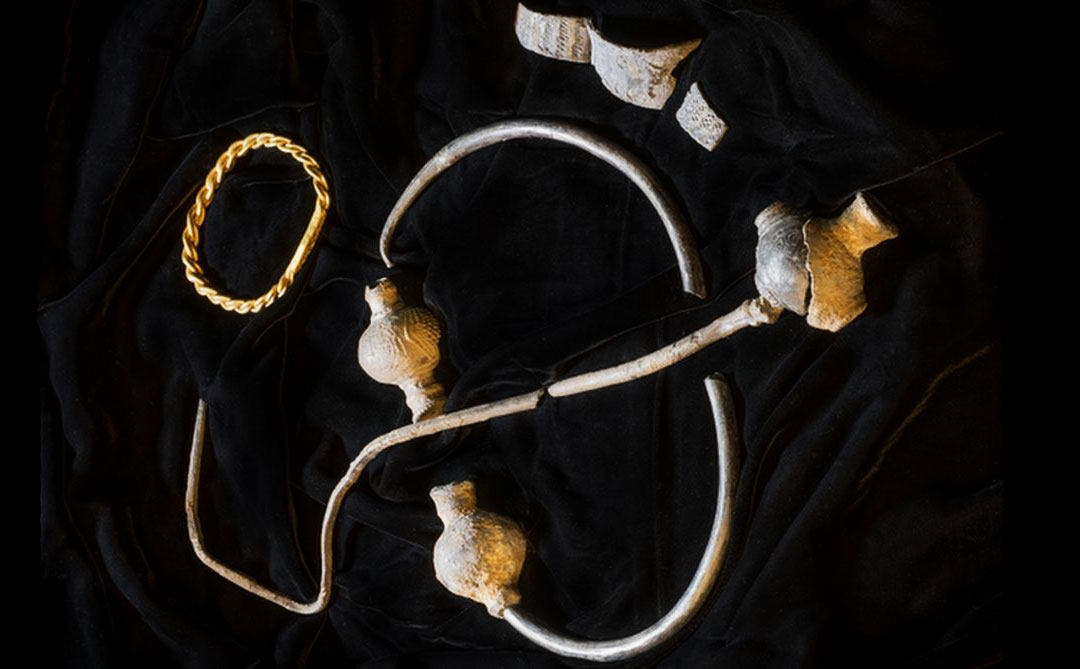
“The young woman of Amajac”: pre-Hispanic sculpture, Veracruz
“La joven de Amajac” (The Young Woman of Amajac), as this spectacular statue found in January 2021 in Hidalgo Amajac is known, has already become one of the most famous pre-Columbian sculptures in Mexico. A replica of sculpture, possibly depicting a young female ruler, is scheduled to replace the statue of Columbus on Mexico City’s Paseo de la Reforma.
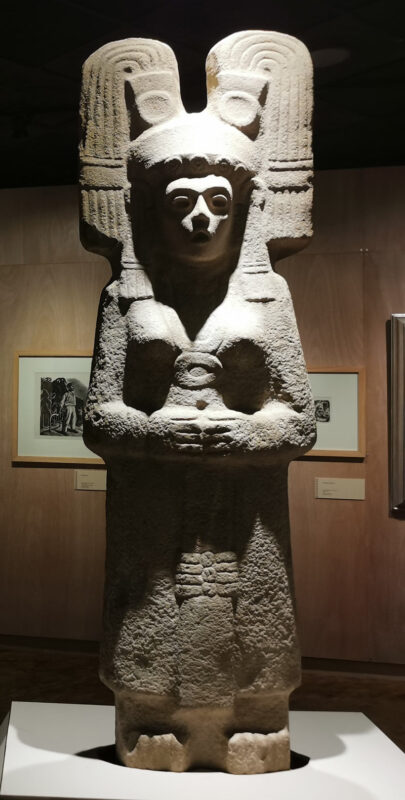
Albrecht Dürer, “Virgin and Child with a Flower,” c.1503.
Acquired about four years ago by a Massachusetts citizen who paid $30 for it, this drawing was presented in 2021 at London’s Agnews gallery as an original by Albrecht Dürer, the great genius of the German Renaissance, and worth an estimated $50 million. Despite the artist’s importance, the price seems somewhat optimistic, considering that five years ago another drawing by the artist (“Christ being nailed to the Cross”, from the prestigious collection of A. Alfred Taubman) failed to find a buyer at Sotheby’s having a presale estimate of between $1 million and $1.5 million.
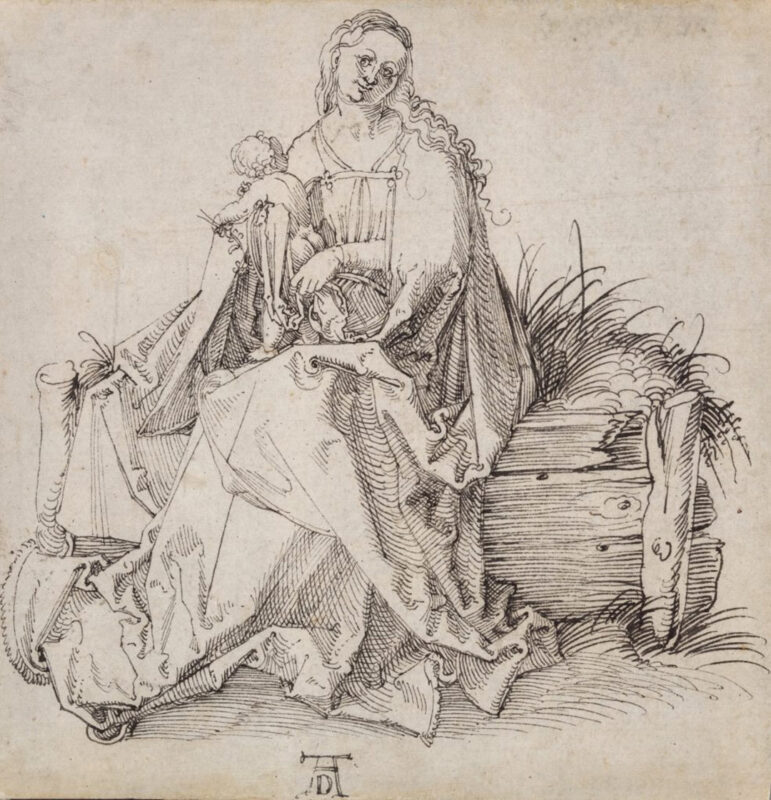
Caravaggio, “Ecce Homo”, c.1600-08
The discovery of a “new Caravaggio” is –as we have reviewed in theartwolf– an almost annual phenomenon that is usually forgotten soon after when the authorship of the discovered work is questioned by most specialists. But in the case of the “Ecce Homo”, owned by a family residing in Madrid that sought to auction it with a starting price of €1,500, we are faced with a work that has a provenance and history that seem to call for optimism. But only time will tell if the work is finally attributed without discussion (as in the case of “The Calling of Saints Peter and Andrew” 15 years ago), or if it falls into oblivion like most of the works on this list.

Rembrandt, “The Adoration of the Magi”, 1632-33
Painted in the same year that Rembrandt created perhaps his first great masterpiece (“The Anatomy Lesson of Dr. Nicolaes Tulp”), “The Adoration of the Magi” was confirmed as authentic in June 2021 by the Académie Française in Rome. The painting is owned by an Italian family, who were unaware of the work’s possible value until it was sent for restoration in 2016. According to the Italian news agency ANSA, the value of the work could be between €70 million and €200 million.
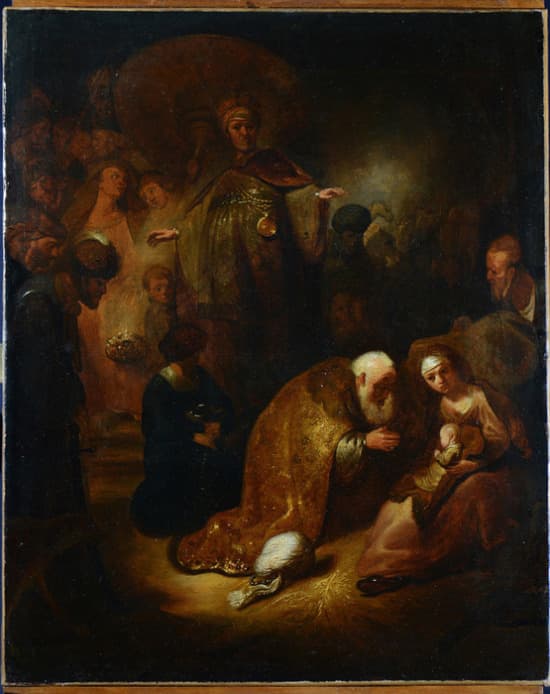
Chinese bowl, Ming dynasty, Yongle period.
Previously considered an imitation work with little to no value, this work was sold in New Haven, Connecticut, for $35 to a buyer who, suspecting that its value could be much higher, sent the work to be appraised by specialists. His intuition paid off, and in March 2021 the work was auctioned at Sotheby’s (who described it as “exceptional and rare”) for $721,800.
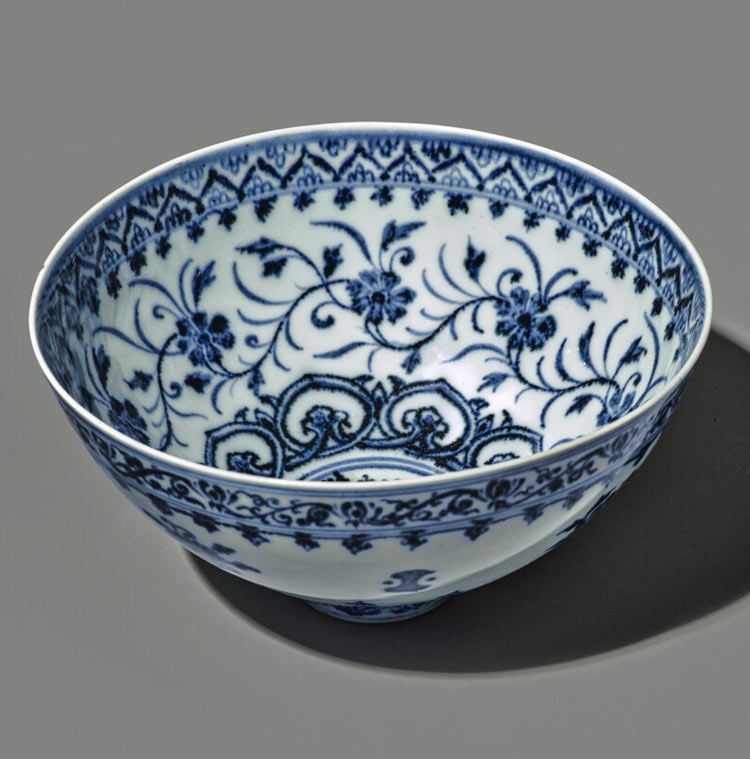
John Constable, “The Glebe Farm,” c.1828
“The Glebe Farm” is an important preparatory study on canvas for the painting of the same name on display today at the Tate Gallery. Despite being described by Sotheby’s as “one of the most significant additions to the canon of Constable’s work in recent times,” the painting -unlike the aforementioned Chinese bowl- failed to find a buyer at auction, and went unsold at Sotheby’s December 2021 sale carrying a reasonable presale estimate of between £3 million and £5 million.
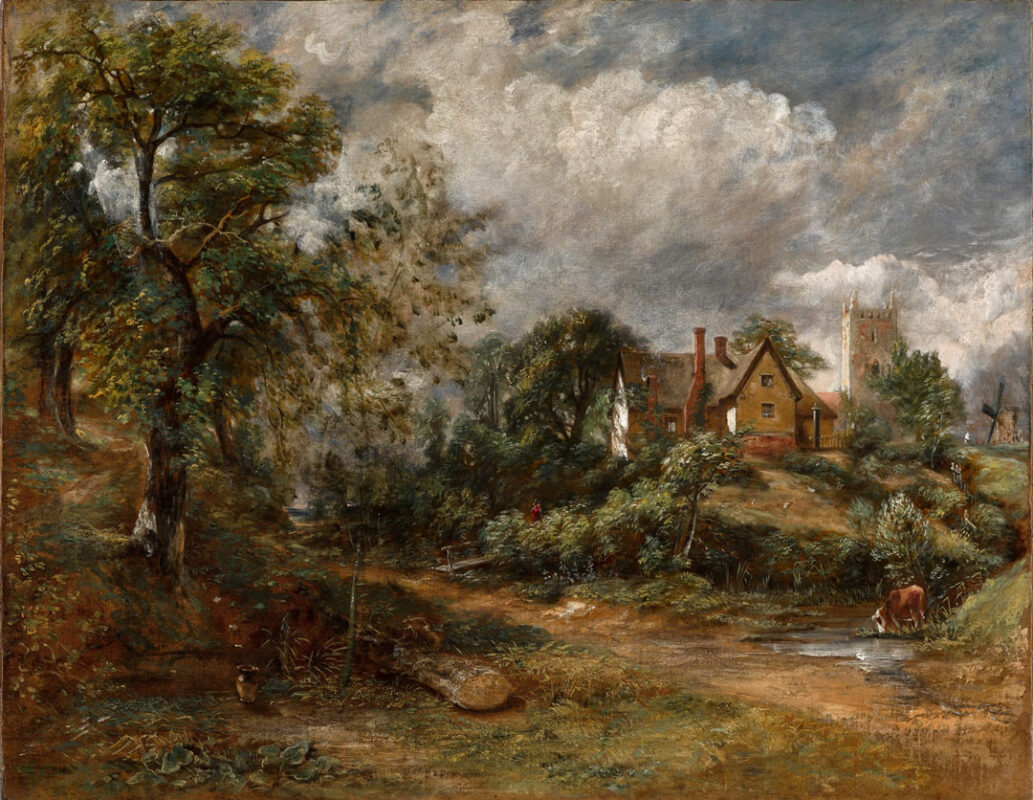
Banksy: works in East Anglia, 2021
Banksy was undoubtedly one of the biggest names in the art world of 2021, reaching a high point with the sale of his controversial and now iconic “Love is in the Bin” for £18.5 million. Was the artist on vacation on the East Anglia coast last summer? That was the question many asked following the appearance of a series of paintings created on several buildings in the area in August last year. The artist later confirmed the authorship of the works in an Instagram post, with the message “A Great British Spraycation.”
Follow us on:

